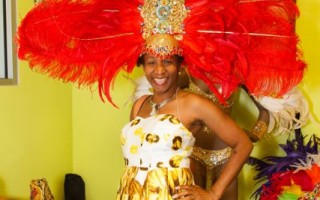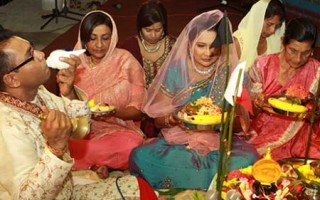
Executive Chef Fernando Franco’s name may not be as globally recognizable as that of restaurant tycoon Wolfgang Puck or television personalities Bobby Flay and Gordon Ramsey but, to individuals within dining distance of Hyatt Regency Trinidad, his star power shines just as bright. Anyone who has been been fortunate enough to taste his culinary creations –in […]

On Saturday July 19, Go Eat Give hosted its monthly Destination Dinner at Tassa Roti in Alpharetta, showcasing the culture and cuisine of Trinidad and Tobago. This event is a part of Go Eat Give’s monthly programming that aims to promote cross cultural understanding between different communities in the Atlanta area. The menu for the […]

Did you know all these famous people were from the islands of Trinidad and Tobago? 1. Alfonso Ribeiro You probably know him as the quirky character Carlton from The Fresh Prince of Bel-Air, but did you know that both of his parents hail from Trinidad and Tobago? His grandfather is even the late famous calypso […]

The country of Trinidad, sometimes called the “rainbow island,” has a reputation of incredible diversity in regards to its music, food, and population. Located just eleven kilometers off the coast of Venezuela, Trinidad has a total population of 1.3 million. The makeup of its people ranges from African and East Indian, to European, and a […]